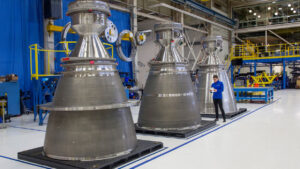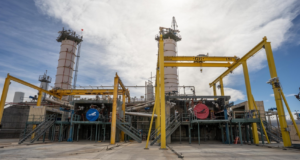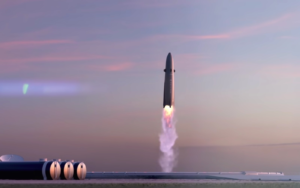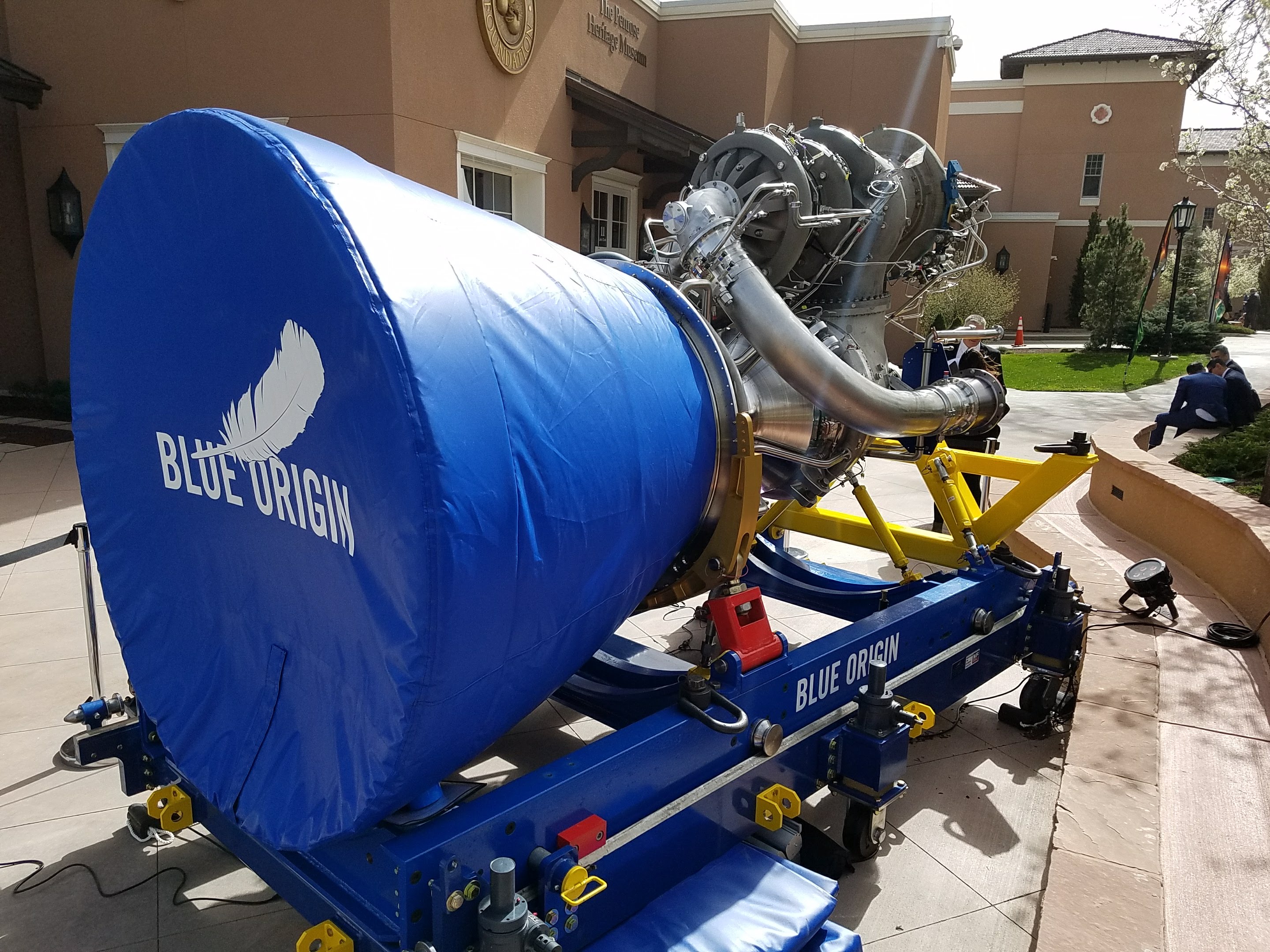
What Exactly Went Wrong With Blue Origin’s BE-4 Engine
By now many of you have likely heard of Blue Origin’s BE-4 engine. A rocket engine is a vital piece of equipment that is also immensely complex. Without them, a rocket will literally get nowhere. Using a mixture of propellants or gases, rocket engines manage to produce massive amounts of thrust and lift millions of pounds. Unfortunately for Blue Origin, their next-generation rocket engine has not had the smoothest development.
Over the past few years especially, Blue Origin has had some crucial issues with their BE-4 engine. Necessary for upcoming rockets including Blue Origin’s New Glenn, and ULA’s Vulcan, its complications are a very big deal. Some of these problems include delays, turbopump issues, overheating, engine life, and more. All of which has put Blue Origin along with some of their customers in a difficult position.
While the life so far of BE-4 has not been the smoothest, it still is making progress. Blue Origin has worked to improve and fix different issues. I have highlighted the benefits and opportunities of this engine before. However, in this case, I will go more in-depth into the life of this engine so far and some of the issues Blue Origin is facing.
BE-4 Timeline
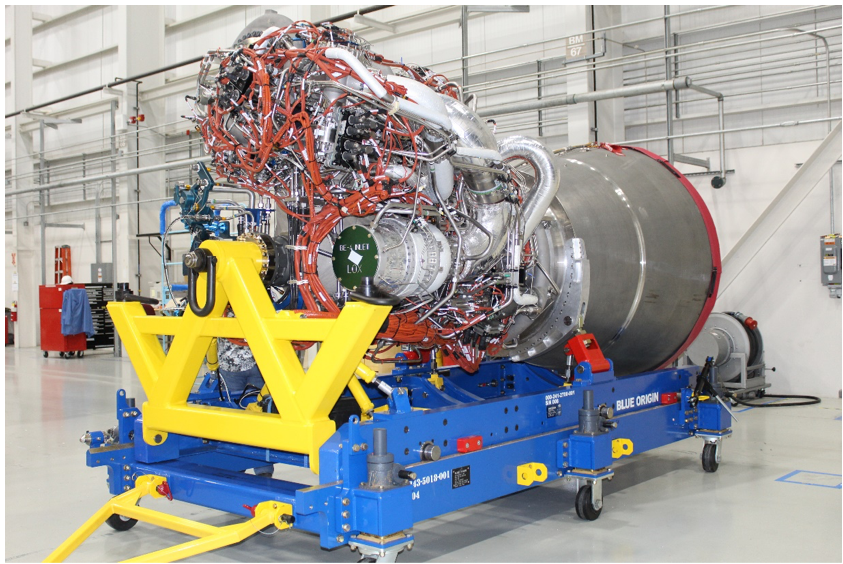
Over practically the last decade, the BE-4 engine has had quite a history. This involves a lot of progress, delays, complications, and more. In 2012, Blue Origin publicly entered the liquid rocket engine business by partnering with ULA on the development of the BE-4, and working with other companies. Even before that, Blue Origin began work on the BE-4 in 2011, although no public announcement was made until September 2014. This was their first engine to combust liquid oxygen and liquified natural gas propellants. During the same year, the large launch vehicle manufacturer and launch service provider United Launch Alliance selected the BE-4 as the main engine for a new primary launch vehicle. At this point in the engine’s development, Blue Origin said the “BE-4 would be ‘ready for flight’ by 2017.” Now in 2022, the engine is still in development and expected to be ready soon. However, around 2015, some problems surrounding the engine began to develop.
By April 2015, two parallel development programs were underway. One program was testing full-scale versions of the BE-4 powerpack, which are the set of valves and turbopumps that provide the proper fuel/oxidizer mix to the injectors and combustion chamber. The second program was testing subscale versions of the engine’s injectors. The company planned to begin full-scale engine testing in late 2016 and expected to complete the development of the engine in 2017. By September 2015, Blue Origin had completed more than 100 development tests of several elements of the BE-4, including the preburner and a “regeneratively-cooled thrust chamber using multiple full-scale injector elements”. The tests were used to confirm the theoretical model predictions of “injector performance, heat transfer, and combustion stability”, and data collected was being used to refine the engine design. There was an explosion on the test stand during 2015 during powerpack testing. After this incident, Blue Origin built two larger and redundant test stands to follow, capable of testing the full thrust of the BE-4.
In January 2016, Blue Origin announced that they intended to begin testing full engines of the BE-4 on ground test stands prior to the end of 2016. The first engine was fully assembled in March 2017. Also in March, United Launch Alliance indicated that the economic risk of the Blue Origin engine selection option had been retired, but that the technical risk on the project would remain until a series of engine firing tests were completed later in 2017. Later that year a test anomaly occurred and Blue Origin reported that they lost a set of powerpack hardware. Despite the small setback, Blue Origin continued to progress including the building of a new facility to help manufacture BE-4 engines. The BE-4 was first test-fired, at 50% thrust for 3 seconds, in October 2017. By March 2018, the BE-4 engine had been tested at 65% of design thrust for 114 seconds with a goal expressed in May to achieve 70% of design thrust in the next several months. By September 2018, multiple hundreds of seconds of engine testing had been completed, including one test of over 200 seconds duration. The engine was making progress, but much slower than expected. This was pushing back a long list of dates with hardware and progress related to the BE-4 engine.
In October 2018, Blue Origin President Bob Smith announced that the first launch of the New Glenn had been moved back to 2021, and in 2021 an additional slip to late 2022 was announced. This caused the first flight test of the BE-4 to be scheduled for the initial Vulcan Centaur launch rather than on New Glenn. By August 2021, it had become clear, even publicly, that the BE-4 engine program was in trouble. Delays had been accruing in the program for four years, including turbopump problems, combustion instability, overheating, and shorter-than-planned engine life. In addition, company management issues have left insufficient hardware to build development engines, leading to extended periods where no testing could be done. Blue Origin has had difficulty getting the engines to run successfully at full power for a full-duration burn. The company made the “risky decision” to ship the flight engines—currently not fully assembled—to their customer, ULA, before they had completed full qualification testing, meaning formal delivery may still occur in early 2022 rather than the earlier promised dates. These reasons among others have had a negative impact on the relationship between Blue Origin and ULA over the last few years.
New Glenn & Vulcan
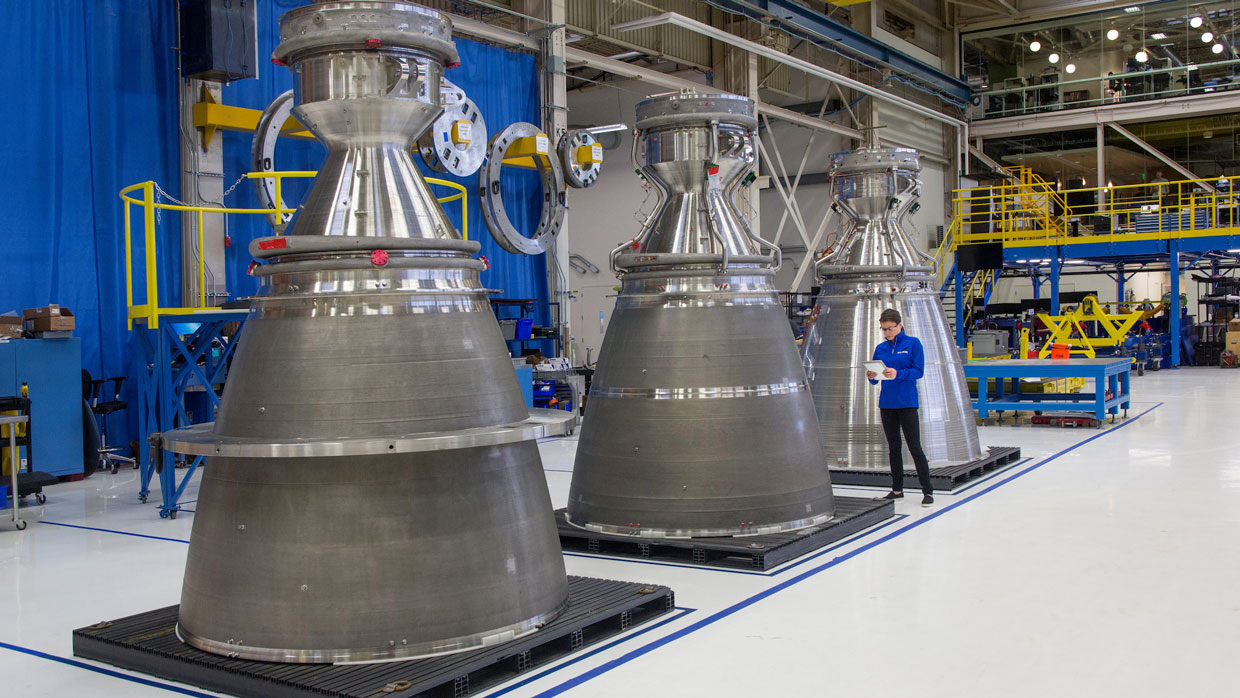
Now that we know the timeline of Blue Origin’s BE-4, we can see some of the impacts the development of this engine has had on different companies. The first and most obvious is Blue Origin. They have been working on New Glenn. This next-generation launch vehicle features 7 BE-4 engines on the first stage alone. Without these engines, New Glenn will not get close to taking off or performing any tests in the near future. The other main company which involves Tory Bruno is ULA. The Vulcan is United Launch Alliance’s next-generation rocket meant to replace previous older launch vehicles such as the Atlas V, and Delta IV Heavy. Once again the BE-4 engines play a vital role as the first stage uses two BE-4 engines to supply the majority of thrust. While the development of BE-4 is still continuing and expected to be ready soon, these launch vehicles will be held back in certain aspects until given access to complete BE-4 engines.
Conclusion
Developing and manufacturing a rocket engine is an unbelievably difficult task. Here a rocket engine turns propellants into thrust in an immensely violent process. This has to be controlled in a very specific way to ensure each launch goes perfectly. Over the past decade, Blue Origin has been working on its next-generation BE-4 engine. Over the development and manufacturing phases, it has experienced many delays and general complications. Now in 2022, it’s expected to be ready soon but we are not quite there yet. This has and will impact future launch vehicles including New Glenn, and Vulcan to name a few. We will have to hope for the success of BE-4 and see how development continues and its impact on the space industry.

